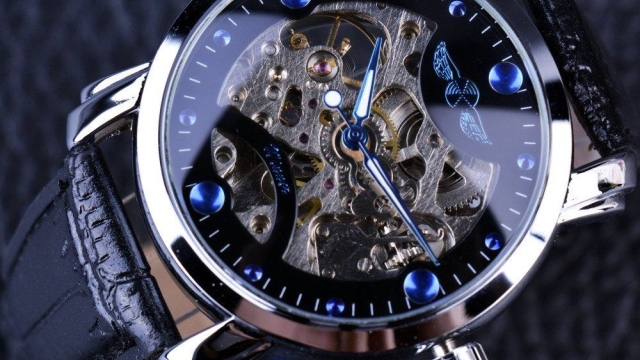Wristwatches have long been a symbol of timeless elegance, adorning the wrists of both men and women with a touch of sophistication. These miniature timekeepers
In today’s rapidly evolving business landscape, the need for unconventional tactics to transform traditional business strategies has become increasingly evident. One consultancy, Intrafocus, has emerged
In today’s dynamic business landscape, crafting powerful strategies is crucial for organizations seeking to achieve long-term success. But how do industry leaders get it right?
Running a successful business requires careful planning, dedication, and a keen understanding of the risks that come with it. While it’s exhilarating to see your
Starting and running a business is an exciting venture that is driven by dreams of success. Whether you have recently launched your own company or
As a general contractor, it is crucial to protect yourself and your business from potential risks and liabilities. Adequate insurance coverage can provide you with
When it comes to running a business, protecting your commercial property is essential. Commercial Property Insurance is a powerful tool that helps safeguard your assets
Looking for the perfect insurance agency to protect your nightclub or bar? Making the right choice can save you from financial headaches and ensure peace
Welcome to the world of home insurance, where protecting your haven is of utmost importance. Whether you’re a first-time homeowner or a seasoned pro, having
Welcome to our comprehensive guide on Workers Compensation Insurance! As entrepreneurs and business owners, we understand the importance of protecting our most valuable assets: our









